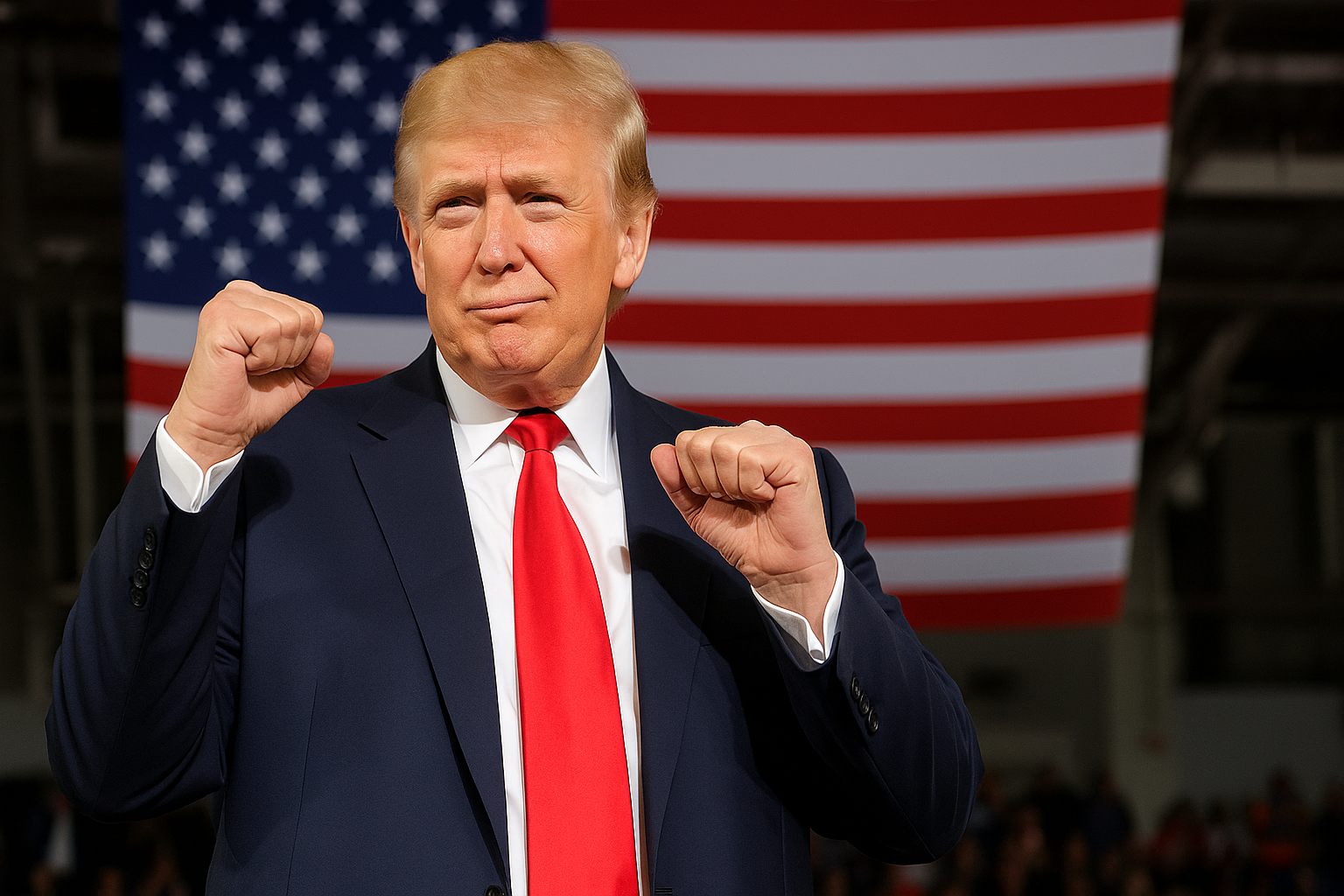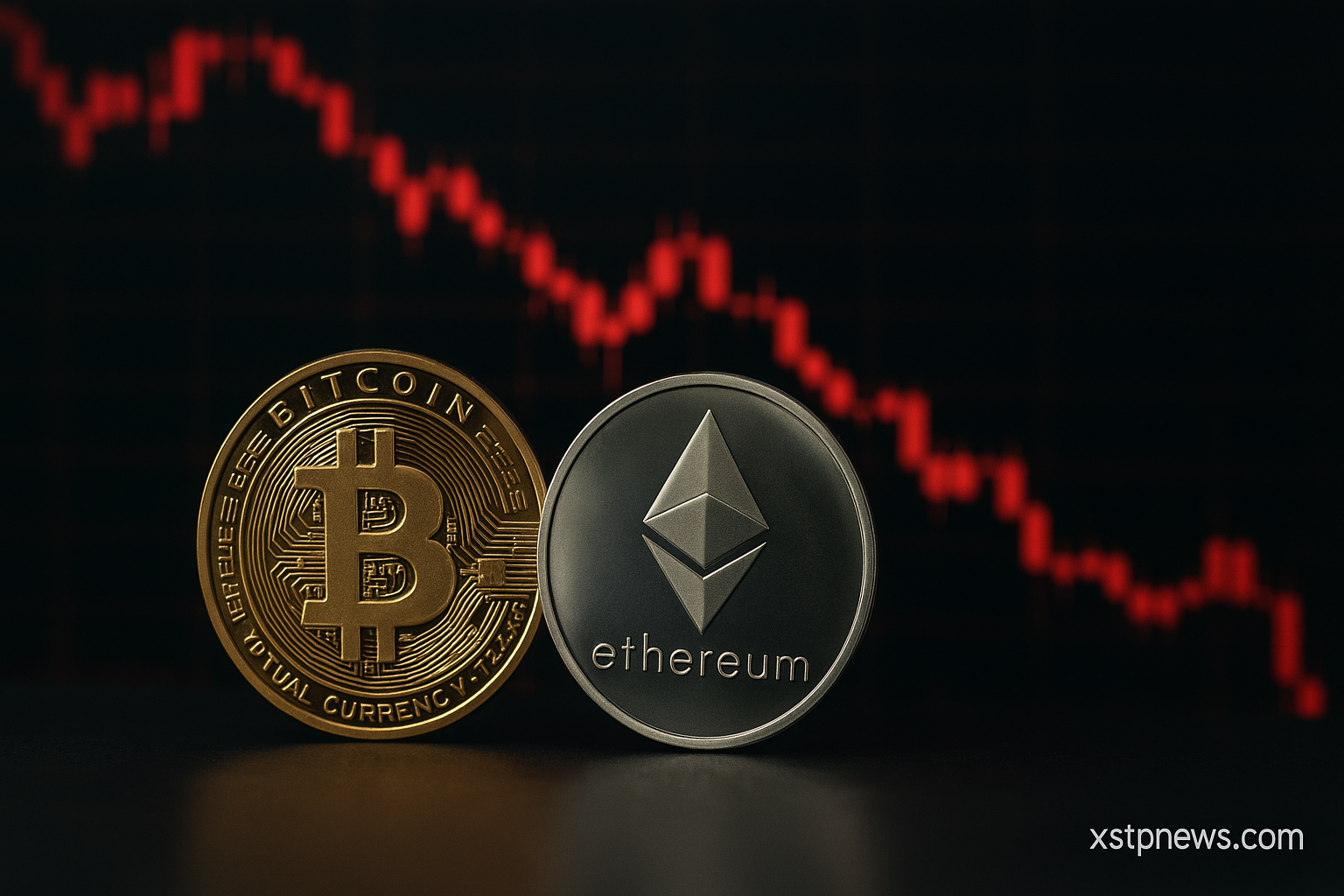The United States Senate has passed one of the most ambitious and divisive pieces of legislation in recent history: Donald Trump’s flagship economic package known as the “Big Beautiful Bill”, officially titled the One Big Beautiful Bill Act.
The vote came late on July 1, breaking along razor-thin margins at 51–50, with Vice President JD Vance casting the tie-breaking vote after four tense days of debates, procedural stalls, and backroom deals.
What’s inside the “Big Beautiful Bill”?
The bill dramatically reshapes key pillars of US fiscal policy. Among the highlights:
Extension of the 2017 Trump tax cuts, affecting both individuals and corporations, aiming to stimulate consumption and capital reinvestment.
New tax exemptions on tips and overtime pay, a move pitched directly at America’s vast service industry.
A temporary increase in the SALT deduction cap to $40,000, providing significant relief to high-income earners in states like New York and California.
Boosted spending on defense and border security, including additional funding for advanced surveillance infrastructure.
Rolling back many of the green energy incentives from the Biden era, such as EV tax credits and renewable project subsidies.
Deep cuts to Medicaid and SNAP (food stamps), with tighter work requirements and expenditure caps that analysts warn could remove millions from the safety net.
Fiscal impact: deficits and debt set to surge
According to projections from the Congressional Budget Office (CBO), this legislation could add roughly $3.3 trillion to the deficit over the next decade, necessitating an increase in the federal debt ceiling by as much as $5 trillion.
Economists caution this could pressure long-term interest rates, gradually weaken the US dollar, and even stoke structural inflation. Markets for long-term Treasuries have already shown tentative signs of repricing.
Cracks within the Republican Party
Despite the win, Trump’s Senate leadership team had to overcome internal resistance. Republican Senators Susan Collins (Maine), Rand Paul (Kentucky), and Thom Tillis (North Carolina) all voted against the measure, citing concerns over fiscal discipline and the harsh social impact of Medicaid cuts.
Behind the scenes, Trump’s camp leveraged a mix of direct political pressure and regional incentives, capitalizing on fears among GOP senators of facing primary challenges backed by the Trump base.
What happens next? The House showdown
The bill now moves to the House of Representatives, with a final vote expected before the July 4 holiday recess. House Democrats have promised full-scale opposition, and several moderate Republicans are signaling they want amendments. That could trigger a reconciliation process to align the House and Senate versions.
If passed without major changes, Trump could sign it into law by Independence Day delivering a powerful symbolic victory.
Why does this matter for investors and global markets?
This bill is likely to:
- Reallocate significant capital flows, favoring defense, traditional infrastructure, and short-term consumer sectors.
- Increase long-term debt pressures, potentially driving investors to gold, alternative assets, or even Bitcoin as hedges against fiscal slippage.
- Stir social tensions, particularly among vulnerable communities hit by Medicaid and SNAP cuts with potential political fallout in the 2026 midterms.
The bottom line
The Senate’s passage of the “Big Beautiful Bill” is more than a tax or spending measure. It signals the full return of Trump-era economic policy with all the volatility and sharp divides that entails.
For global investors, political strategists, and anyone watching America’s pulse, the message is blunt: brace for a cycle of deeper economic, market, and social swings.







